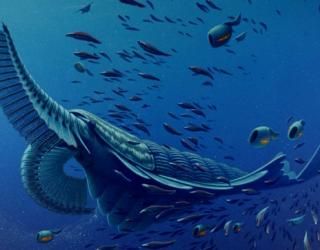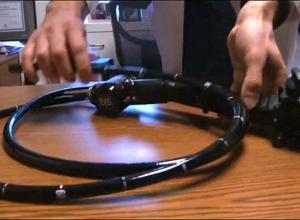Ancient sea beast helps scientists know about origins of arthropod legs

Scientists closely analyzed an ancient sea beast, which is helping them to know more regarding the genetic lineage, which led to the evolution of insects, spiders and shrimp. Information about Aegirocassis benmoulae was first revealed in 2011 but more details regarding the species have been published in the journal Nature. Aegirocassis benmoulae was among the world’s most primitive arthropods.
Now the group, to which this species belongs, has most of the species and is the most diverse on Earth. This happened because of highly adjustable bodies of arthropods. Bodies of arthropods are segmented and are able to survive in several conditions. Two connected branches lead to the formation of their limbs.
Lead researcher Peter Van Roy of Yale University said that before this discovery, it was assumed that early arthropods were having only one set of flaps, which was tricky. According to him, “But this upper flap we’ve found is the equivalent of the upper branch. It represents a state where you have these multiple branches, but they haven’t yet fused together”.
Van Roy said it’s a very huge animal and requires a lot of food and is not a rare fossil so it must have had a large population.



